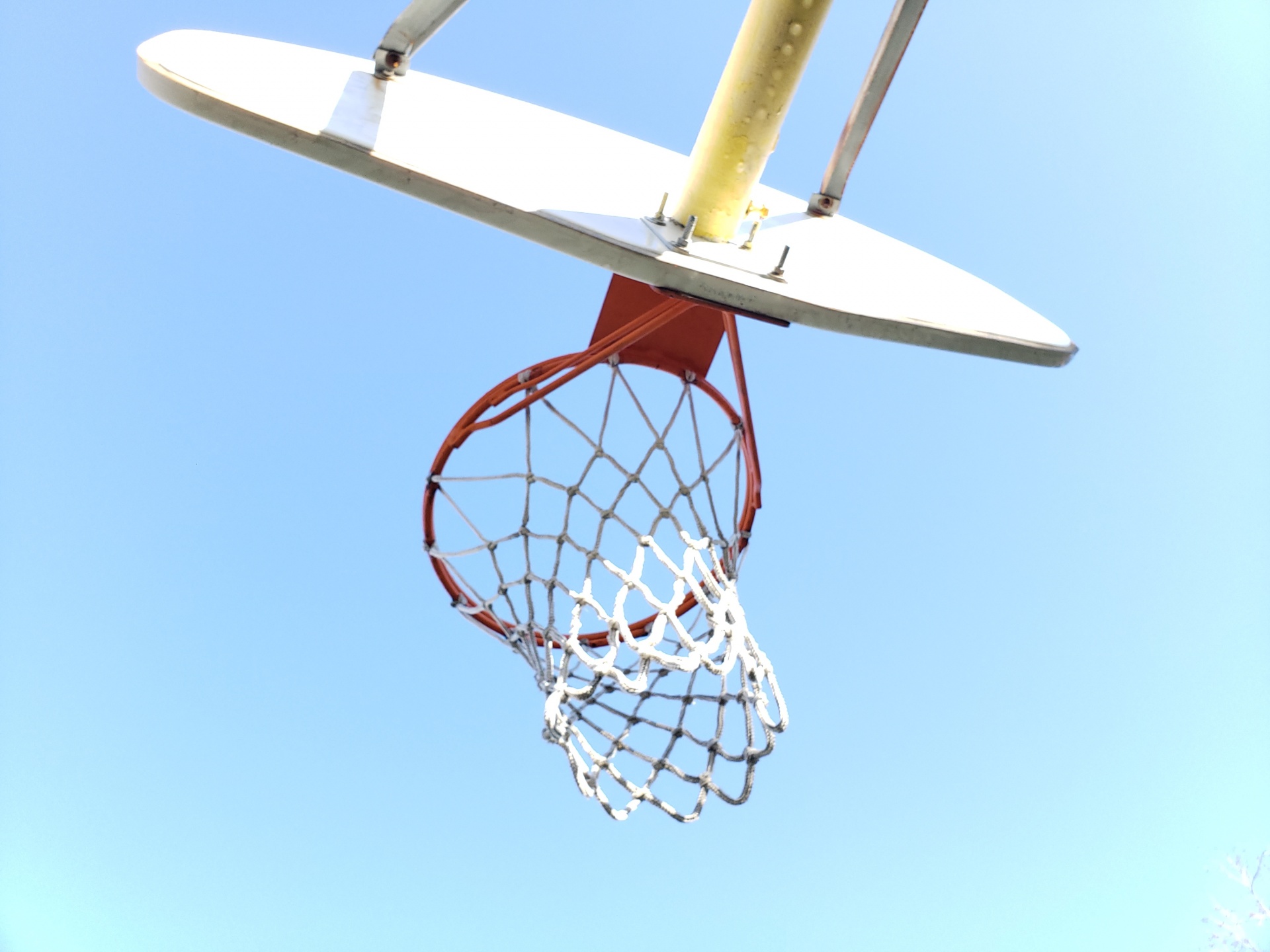Summary
This lesson asks students to apply their previous knowledge of solving systems of equations to real-life contexts, including basketball games.
Essential Question(s)
How can systems of equations be used in real-world situations?
Snapshot
Engage
Students watch a highlight video from a professional basketball game and discuss key components of the game, focusing on the score.
Explore
Students create and solve systems of equations to determine each team’s point total and the total number of 2- and 3-point shots made in the game.
Explain
As a class, students discuss and justify the steps they took to create and solve their systems of equations.
Extend
Students Create the Problem to write a system of equations for a new scenario.
Evaluate
Students engage in a Gallery Walk to solve other students’ equations.
Materials
Lesson Slides (attached)
Poster paper or other large paper
Markers
Notebook paper
Pens or pencils
Engage
Introduce the lesson using the attached Lesson Slides. Go to slide 3 to display the lesson’s essential question: How can systems of equations be used in real-world situations? Then, share the lesson objectives on slide 4.
Go to slide 5 and play the Oklahoma City Thunder highlight video. Ask students to take note of things they notice as they’re watching and be prepared to discuss them afterwards.
Go to slide 6. After watching the highlight video, ask students to share what they noticed as they watched. Use this as an opportunity to engage students’ prior knowledge about what is represented in a basketball game. As they share, write students’ observations on the board.
Ask students what types of statistics are measured in a basketball game. Write students’ responses on the board.
If they didn’t know the final score of the game, ask students what statistics they might use to figure it out. Write students’ responses on the board.
After completing your discussion, tell students that they will continue learning about systems of equations by using what they know about basketball to explore the options for solving system of equations problems.
Team Total Points System
Explore
Go to slide 7 to provide students with additional information about the game to use when setting up their first system of equations. Share the total score as well as the fact that the Thunder scored two more points than the Timberwolves.
Ask students to consider what this information means and what the total score includes. Then, ask them to consider how, mathematically, they would express the difference in points.
Working in groups of two or three, have students create a system of equations and solve it to determine each team’s score. To create the equations, students will need to break down the parts of the word problem and apply their knowledge of systems of equations. Provide a large sheet of paper or poster board to each group to write the equations on, but instruct them to use only 1/4 of the paper to leave room for the remaining equations.
Explain
Ask groups to share their equations with the class, justifying how they set them up and solved them to determine the individual team scores. Before wrapping up the conversation, make sure that groups each have the correct team scores. They will use these scores to help set up the third set of equations.
Go to slide 8. Ask students what else they might consider related to the scores. For example, now that they know how many points each team scored, how might they break down the scores even further?
Total 2-Point and 3-Point Baskets System
Explore
Go to slide 9 to provide students with additional information about the second system of equations scenario. Ask them to take a few minutes to consider what new information they have been given and and what they have been asked to find.
Groups will use the new information to determine how many 2-pointers and how many 3-pointers the teams scored in total. Groups should create their new systems of equations on the same large paper/poster board.
Explain
Have groups share their equations with the class, justifying how they set up their equations and solved them to determine the number of 2-point shots and the number of 3-point shots scored. Make sure groups each have the correct totals to use in determining the next system of equations.
Display slide 10. As a class, discuss all the information that students have been given have solved for so-far. Ask students to consider what else they might be able to find using this information.
Individual Team 2-Point and 3-Point Baskets Systems
Explore
Go to slide 11 to provide students with the additional information they need for the third system of equations scenario. This time, groups will set up a system of equations to determine how many 2-point shots each team made, and then they will use their solutions to determine how many 3-point shots each team made.
Explain
Have groups share their equations with the class, justifying how they set them up and solved them to determine the total number of 2-point and 3-point baskets scored by each team.
Extend
Display slide 12. Working individually, students will use the Create the Problem strategy to identify their own real-life scenario that can be represented by a system of equations. Pass out large sheets of paper or poster boards for students to use to write out the problem scenario (story problem). Students should write their systems of equations and the problem solution on a separate sheet of notebook paper to turn in to you.
Evaluate
Go to slide 13. Students will be completing a Gallery Walk to view their classmates’ problems. Have students take a notebook and pencil with them to write down and solve the system of equations for each problem they visit as they travel around the room.
Resources
CCBN. (2021, February 6). Timberwolves vs OKC Thunder full game highlights | 2021 NBA season [Video]. YouTube. https://youtu.be/oM_Exn8UET8
K20 Center. (n.d.). Create the problem. Strategies. https://learn.k20center.ou.edu/strategy/149
K20 Center. (n.d.). Gallery walk/carousel. Strategies. https://learn.k20center.ou.edu/strategy/118


